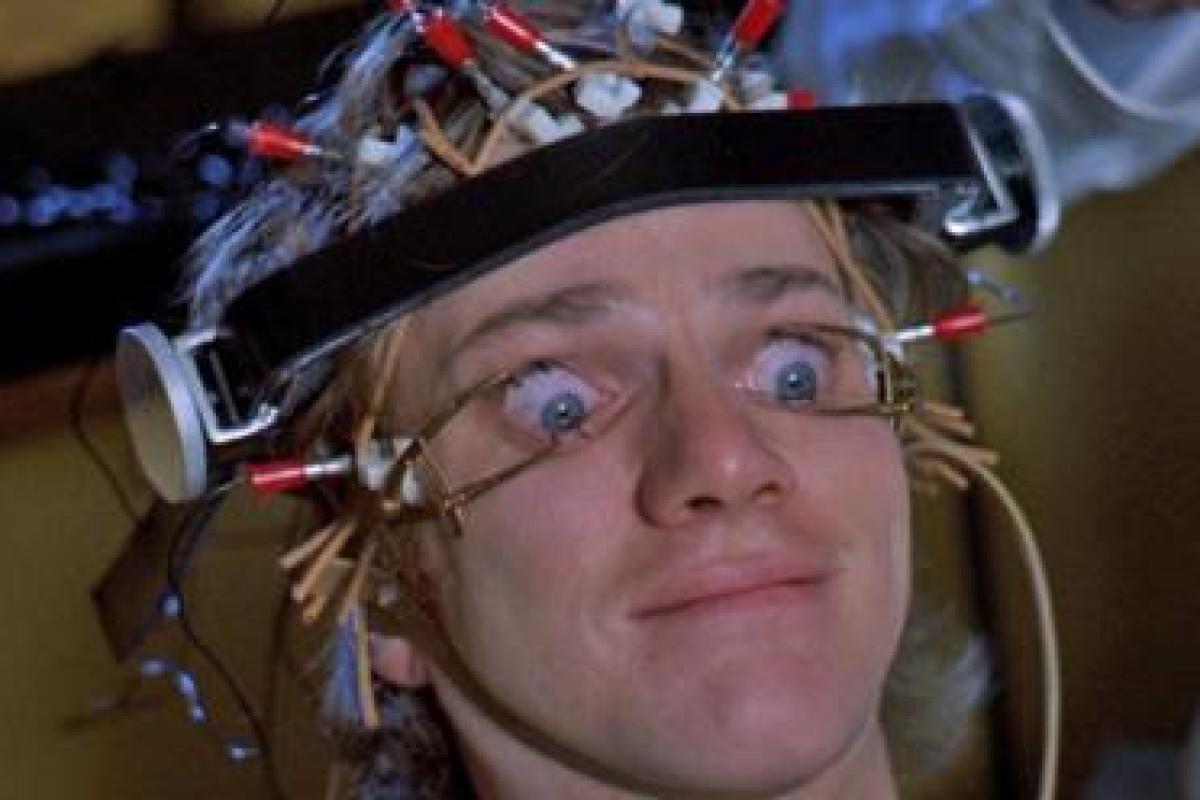I want to tell you about something I am very excited about –it’s so simple yet so powerful, marketers are going to love it. It’s called VEO – no, not SEO, VEO. But I will start with SEO, which is anything but simple and way short of useful in my view.
I first heard about SEO back in 1999 when I worked with Rob Norman at Tempus. Part of his bit of the Tempus empire was a mysterious “SEO company”. Search engine optimization was a dark art, I was told, involving some weird and wonderful people who sought to understand and keep up with Google’s evolving search algorithm so that clients could ensure their online offer would appear on page one of the search results. Over the next 10 years I heard more about SEO, key words and meta-tags, UI and UEx and how to optimize on-line content. I was suspicious then and remain suspicious now. Google is trying to help people find what they are looking for by linking the words you put in the search box and the most relevant result of the search based on words on sites and their relevance, the latter being judged by proxy using things like how many links, how authoritative the links, frequency of copy changes etc etc - no-one outside the Google inner sanctum knows for sure. If you want to appear alongside the natural search results you have to pay, and that is how Google makes its money. You get great content and you pay for it through having to see some paid-for ads – no different to all other media. SEO tries to cheat the system and give the marketer an edge but how much of an edge, if any, no-one really knows.
Because search is only step one, what happens when people get on to a site, how do you understand how they react to what they find, how do you put a value on it, how can it be optimized? Bear in mind there is a lot of stuff on a web page – words, pictures, offers, ads, buy-buttons, you name it. Well if they click on something then that is a pretty solid indication that they have reacted. Fine but what if they don’t click and most don’t. Did anything they saw stimulate a reaction? In fact, what did they see? We can track their mouse but what does that tell you? To make this point very clearly, let me ask you, where is your mouse right now, assuming you are actually using a device that has a mouse? I bet you any money it ain’t on this sentence.
How can we get inside their heads and see what they are actually looking at and what effect it has? For many years we have had equipment that can track eye movement but it is very cumbersome, expensive ergo small-scale, and of course very artificial - and we rely on what they tell us not what we can measure.
The answer – I said it was simple – is to use the camera on the device to track the eye movement and to link that to facial reaction. This means you can track what people see in normal usage situations, and using the same camera you can see whether what they saw created a facial reaction. Just the first part of that is enormously powerful. The output is a heat map that shows you instantly what got most attention, what got seen at all and what got missed altogether. It is based on the data but with a kind of positive irony you get to see the results not read them.
The eyes don’t lie and neither does facial expression. Interpreting the facial results will develop and improve but it’s a pretty good start just to be able to see a reaction. Behavioural Economists should love this because instant facial reaction must surely plug into the emotional, system one brain.
And because this is so cost-effective you can do lots of it and at scale although interestingly you don’t need big sample sizes. Every individual response gets accumulated and a very clear picture – the heat map – emerges with just 40 or so people. You can add another 10,000 people and the picture might get a little sharper but it does not change. You don’t need big panels. Easy to do, easy to use.
The technology to achieve this is not simple or easy but the result – Visual Engagement Optimization – is a game changer.
What game does this change? Probably the biggest impact will be seen in online media. Publishers and buyers can now know precisely what any part of online real estate is worth. Every image, video and piece of creative can be assessed and improved almost in real time (well days anyway). It adds a whole new dimension to pack and ad development.
You can optimize the design of anything and everything. And by you I mean anyone – you can use this to decide what picture of your house to use in an online property ad, what picture to put on Tinder if you want.
The company that has pioneered this is called Sticky – pretty good name. I met them in the USA this month. I suggested their tag line should be “Seeing is believing”. Forget SEO, it’s going to be all about VEO.
Read more from Mark Sherrington here.
